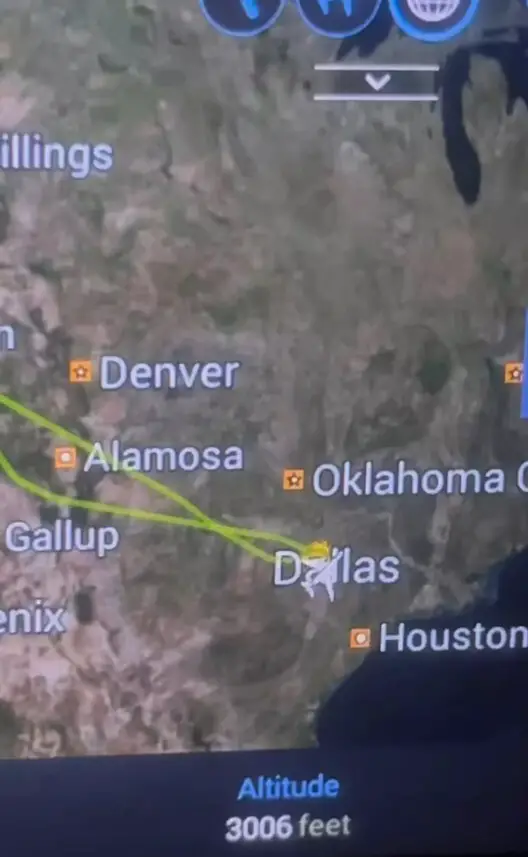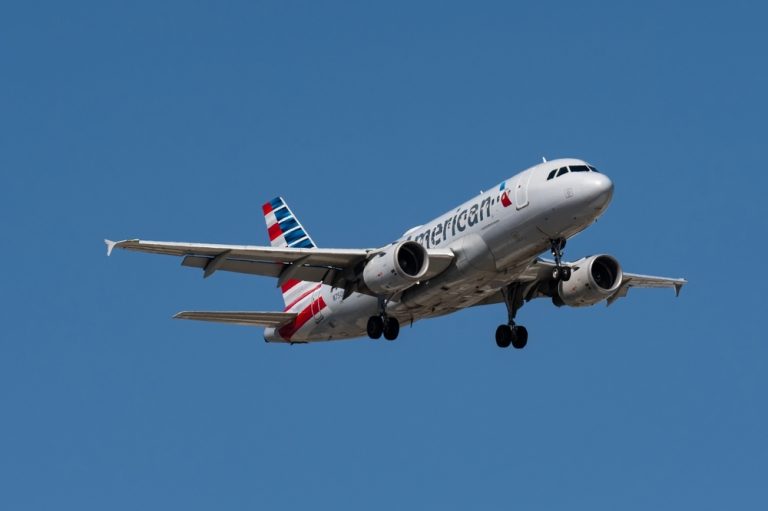Passengers on an American Airlines flight from Dallas to Seoul experienced a unique and frustrating journey when their plane, after nine hours in the air, returned to the very airport it had departed from. The flight had been in the air for about five hours heading towards its destination in South Korea when it encountered a maintenance issue. The unexpected turn of events left passengers bewildered, especially since they received little explanation for the sudden reversal. One passenger, Jimin Lee, shared her experience on social media, describing how she was enjoying a snack and drink when the announcement was made. According to her, the airline staff cited a problem with the toilets, and at one point, the pilot reportedly asked if anyone had a screwdriver to assist with the issue.
The flight path showed the plane traveling across the United States and out over the Pacific Ocean before it made the decision to turn back. As the aircraft made its way back to Dallas, passengers were left in the dark, unsure why they were heading home instead of continuing their journey. Lee documented the moment with a lighthearted approach, but her frustration was evident. She remarked that American Airlines needed a lesson in effective communication, especially as the crew seemed unable to provide a clear reason for the turnaround. This lack of information only added to the passengers’ confusion and anxiety.
The incident raised questions about how airlines handle unexpected situations and communicate with their customers. While some suggested that landing at another major airport, such as San Francisco or Los Angeles, would have been more convenient, the airline decided to return to Dallas. This decision likely stemmed from logistical concerns and the desire to have the plane inspected by their own maintenance team. One social media user commented that pilots are often more cautious over the ocean, which might explain the decision to return to the departure point rather than continuing on an uncertain journey.

An American Airlines spokesperson confirmed the incident, stating that the flight had returned to Dallas due to a maintenance issue and that the aircraft was taken out of service for inspection. The airline apologized for the inconvenience caused to the passengers and assured them that their travel plans were disrupted as little as possible. The flight eventually resumed on a different aircraft the following day. Despite the airline’s efforts to resolve the issue, the incident left many passengers frustrated, as they had to endure the long flight time without reaching their intended destination.
The experience highlighted the unpredictable nature of air travel and the importance of transparent communication from airlines during disruptions. For passengers, the journey turned into a surreal experience—an unexpected round trip that led them right back to where they started. As frustrating as it was, the situation serves as a reminder that safety and caution are the top priorities in aviation, even if it means significant delays and inconvenience.




